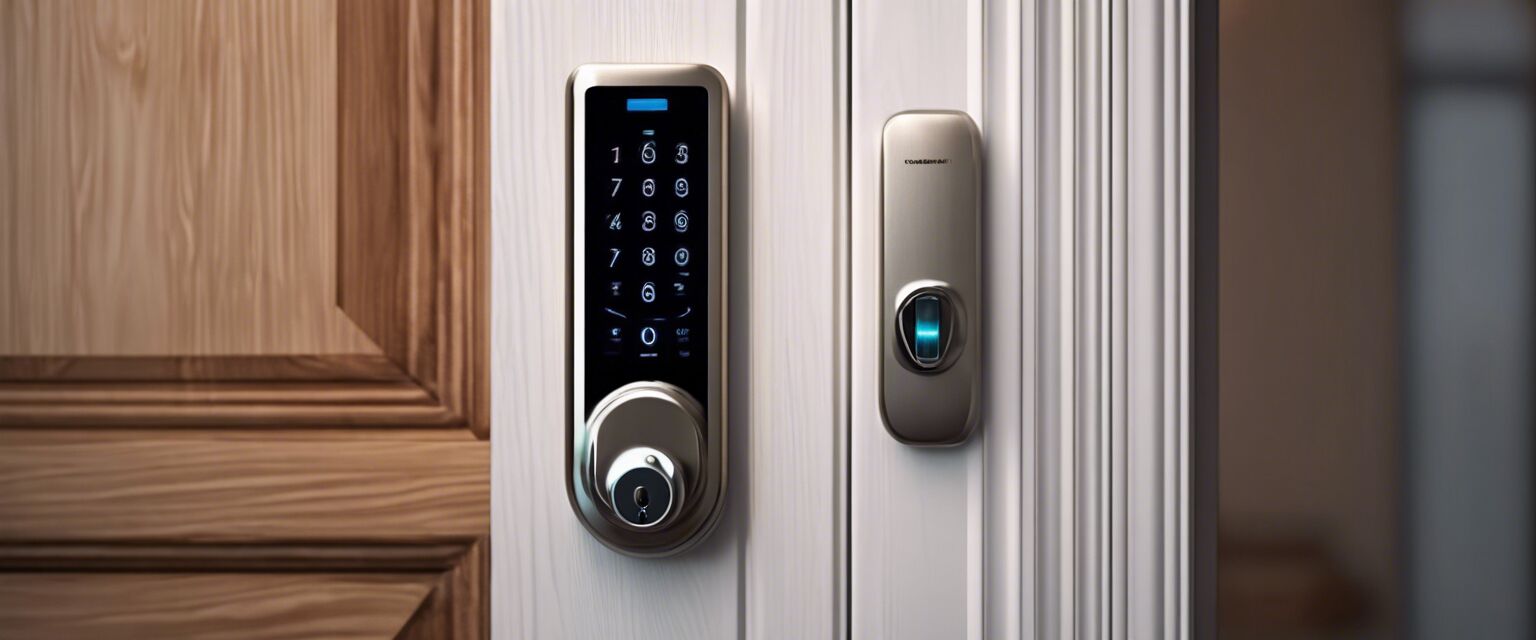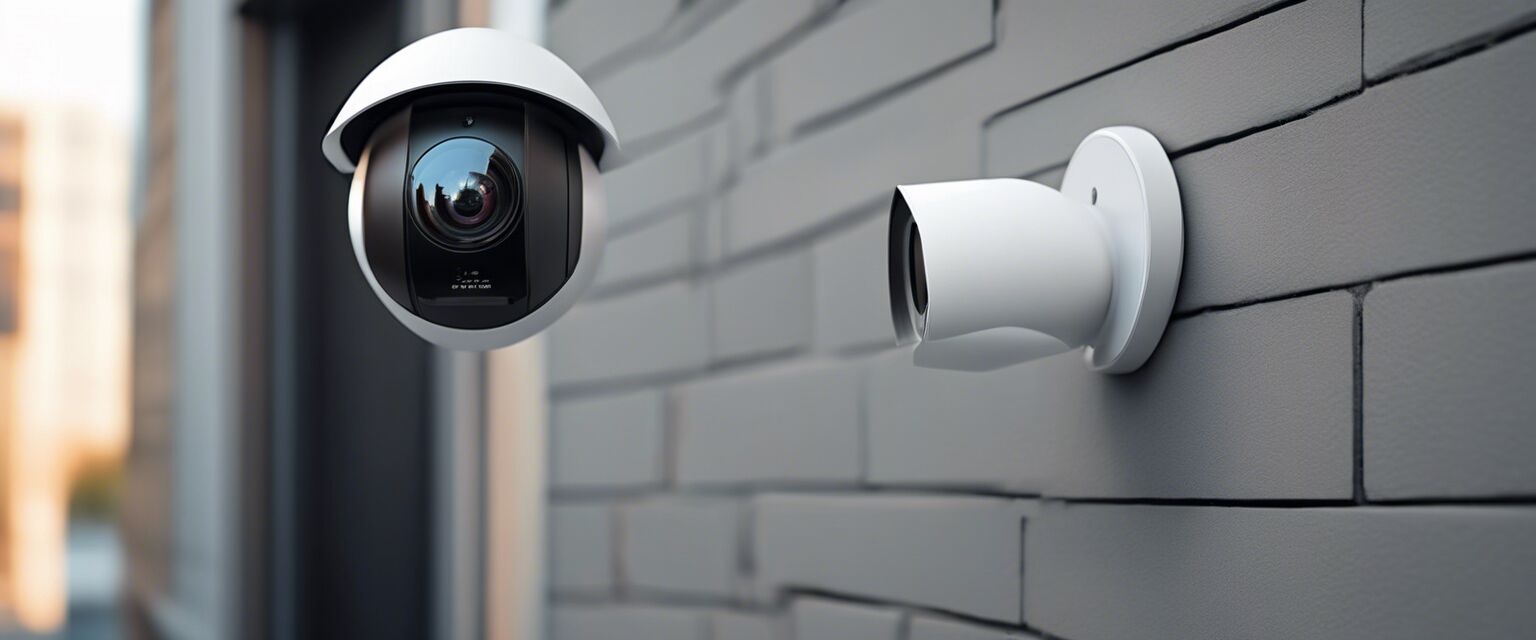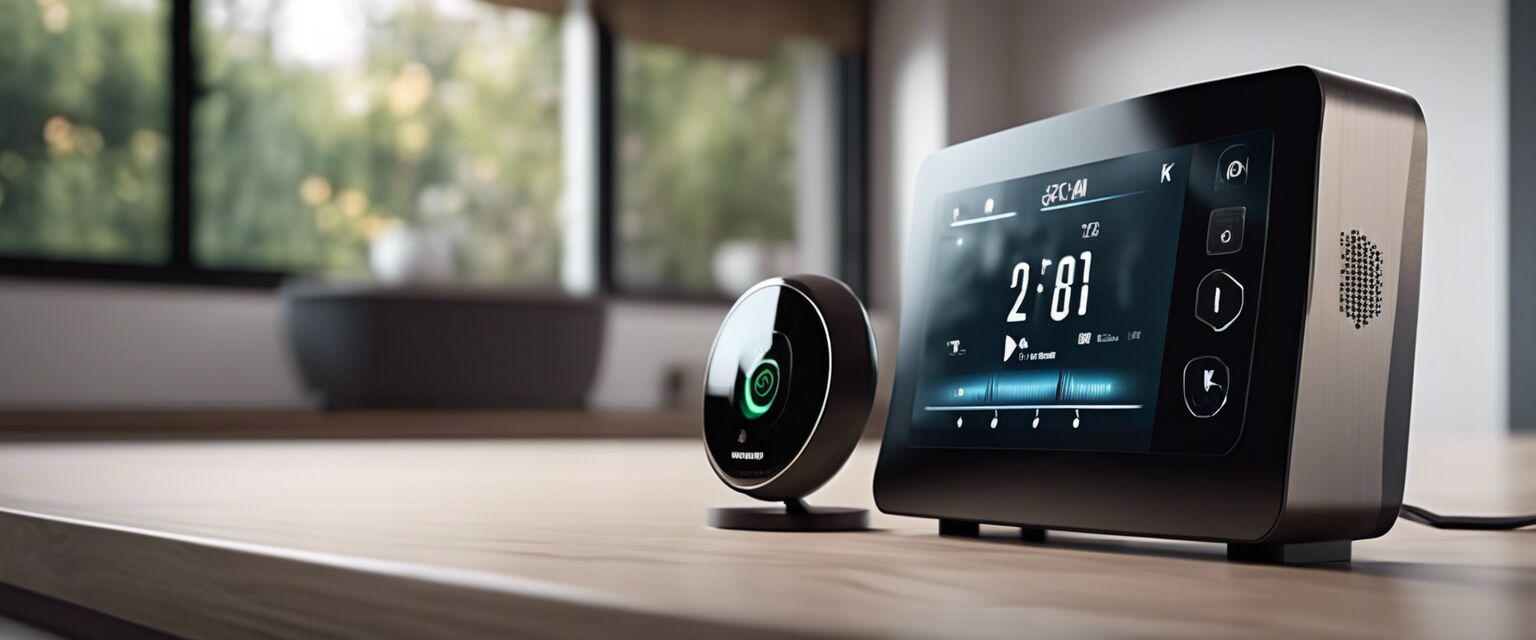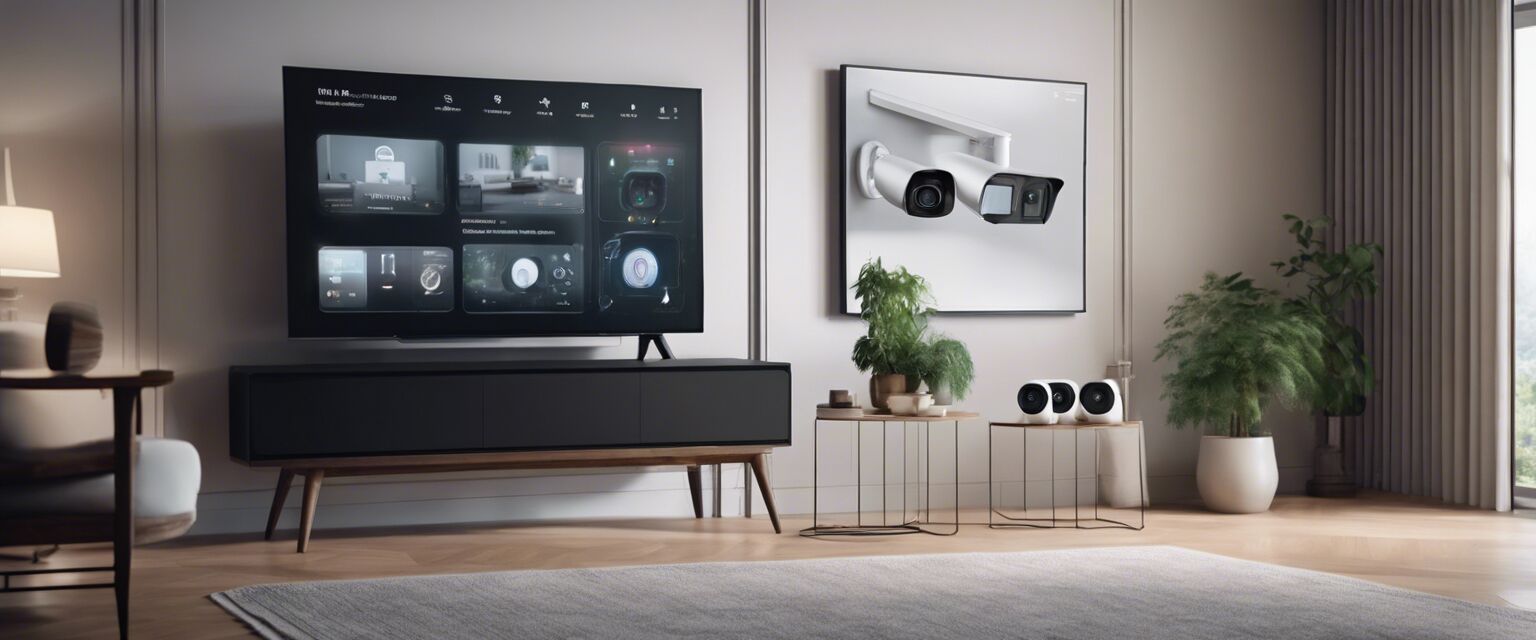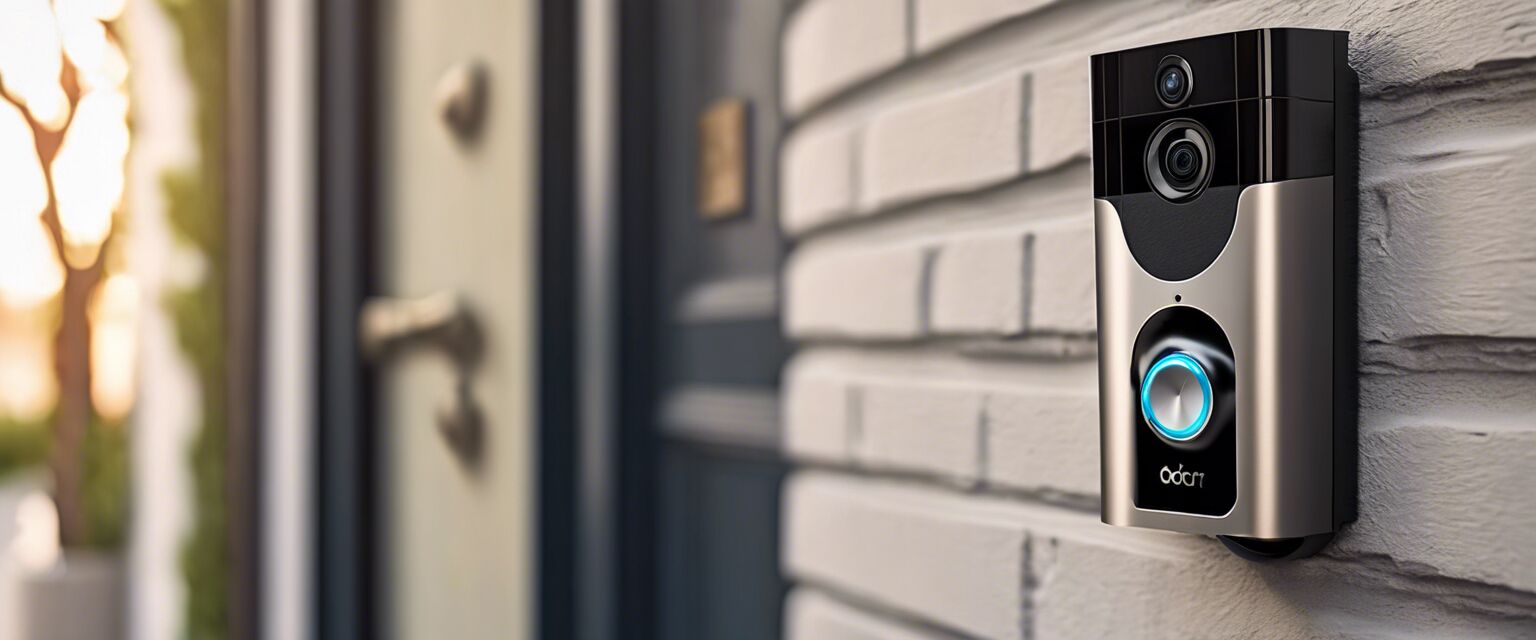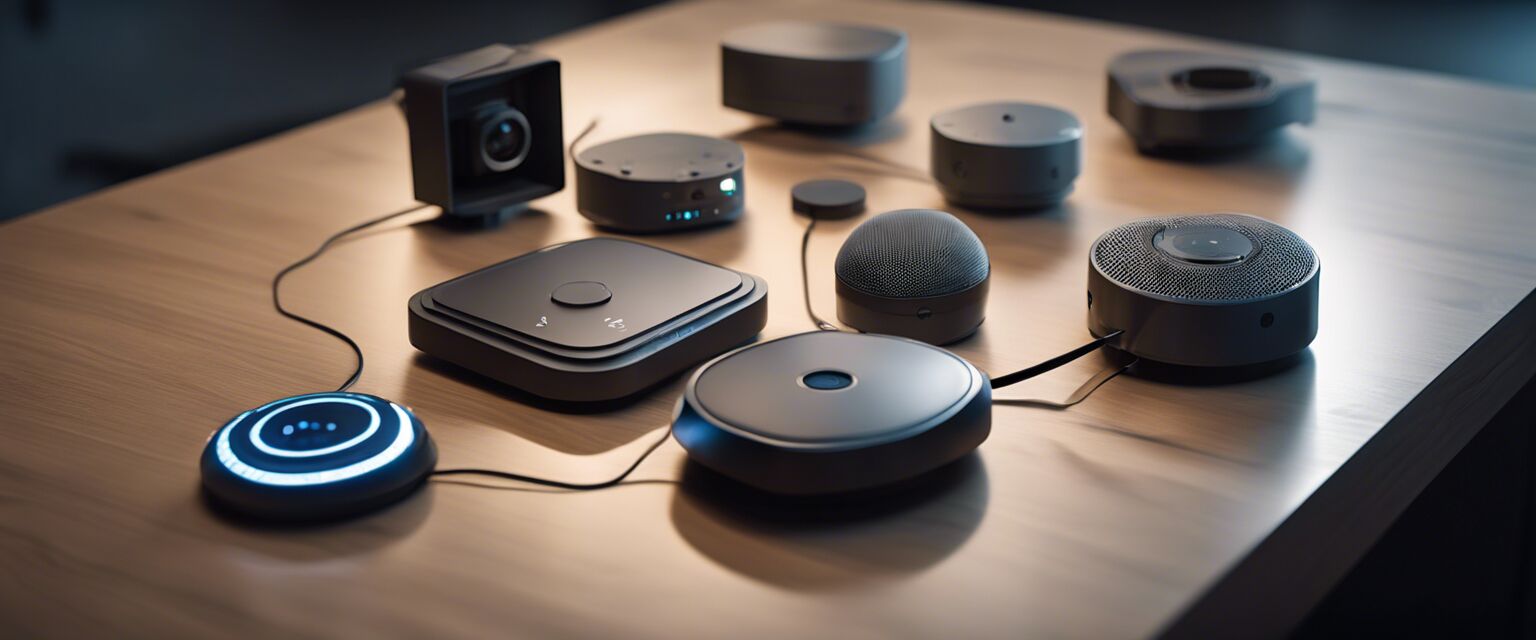
Smart Home Security
Home automation integration
Key Takeaways
- Integrating smart security devices enhances home security.
- Smart home systems allow for centralized control of various devices.
- Compatibility between devices is crucial for effective integration.
- A reliable Wi-Fi network supports smooth operation of smart devices.
Home automation integration is becoming increasingly essential for homeowners who prioritize security and convenience. By connecting smart security devices with home automation systems, individuals can create a more cohesive and effective security solution tailored to their needs. In this guide, we will explore the various aspects of integrating smart security systems with automation solutions.
Understanding home automation systems
Home automation systems are designed to provide centralized control over various smart devices within a home. These systems can manage lighting, heating, cooling, and security devices, allowing homeowners to create a unified smart home experience. Letâs explore the components that make up a home automation system.
| Component | Description |
|---|---|
| Central Hub | A device that connects and controls multiple smart devices. |
| Smart Sensors | Devices that detect motion or changes in the environment. |
| Smart Cameras | Surveillance cameras that can be monitored remotely. |
| Smart Locks | Keyless entry devices that enhance physical security. |
Importance of security integration
Integrating your security devices with your home automation system can significantly enhance your homeâs protection. Here are some of the key benefits:
- Real-time notifications: Receive alerts on your smartphone when cameras detect motion.
- Remote access: Monitor your home security from anywhere with internet access.
- Automated responses: Set your system to activate cameras and lighting when someone approaches your door.
- Energy efficiency: Control lights, heating, and cooling systems based on occupancy detected by security sensors.
How to integrate smart security devices with home automation
Integrating smart security devices with home automation systems involves several steps, from selecting compatible devices to configuring your settings. Here's a step-by-step guide:
1. Choose compatible devices
The first step in integration is selecting smart devices that can work together. Check compatibility with popular home automation platforms such as:
- Amazon Alexa
- Google Home
- Apple HomeKit
2. Set up your central hub
Your central hub is the heart of your smart home system. Follow these steps for setup:
- Connect the hub to your Wi-Fi network.
- Install any necessary apps on your smartphone or tablet.
- Pair your smart devices with the hub using the app.
3. Configure smart security devices
After your devices are paired, configure them to work seamlessly with your central hub:
- Adjust camera angles and settings for optimal surveillance.
- Set motion detection thresholds on cameras and sensors.
- Customize alert settings based on your preferences.

Best practices for seamless integration
Here are some best practices to ensure your smart security devices integrate effectively with your home automation system:
Tips for Beginners
- Research before buying: Look for reviews and compatibility information on devices to avoid any issues.
- Stay updated: Regularly check for firmware updates to ensure device security and functionality.
- Use strong passwords: Protect your home automation system with strong, unique passwords.
- Test your setup: Once everything is integrated, conduct tests to confirm that all devices communicate effectively.
Popular home automation systems for security integration
Several platforms on the market cater to home automation and security integration. Here are some popular options:
| System | Features | Devices Supported |
|---|---|---|
| Amazon Alexa | Voice control, routines, smart home monitoring | Wide range of compatible devices |
| Google Home | Voice commands, integration with Google services | Numerous smart devices |
| Apple HomeKit | Secure communication, Home app for management | Apple-certified devices |
| SmartThings | User-friendly, automation creation | Variety of brands and types |
Security considerations
When integrating smart devices, security should be a top priority. Here are some essential security considerations:
- Enable encryption for your Wi-Fi network.
- Keep firmware and application versions up to date.
- Monitor your devices regularly for strange behaviors.
- Use two-factor authentication where possible.

Conclusion
Integrating smart security devices with home automation systems opens the door to enhanced security, convenience, and energy efficiency. By selecting compatible devices and following best practices, you can create a robust and responsive smart home environment. For more interactive security solutions, explore our categories such as Alarm Systems, Smart Locks, and Surveillance Cameras.
Pros
- Enhanced security features with automated responses
- Centralized control for ease of use
- Compatibility with multiple devices
- Real-time alerts and monitoring
Cons
- Device compatibility issues
- Potential security vulnerabilities
- Dependence on a reliable Wi-Fi network
- Initial setup may be complex for beginners

